Why are tattoos still such a popular form of art?
Gary Evans speaks to top artists to discover why tattoo art still resonates.
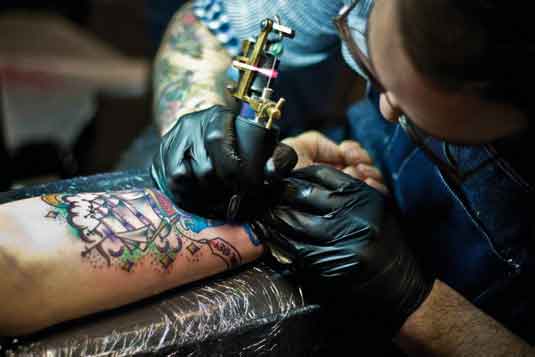
Myke Chambers would tattoo his fellow prisoners using a makeshift machine fitted with hand-wrapped coils and hand-sharpened needles. It was powered by his clock radio. Having left home at 15 – on the run after an armed robbery – he lived hand-to-mouth hopping freight trains around the US with his little brother Stevie.
He began his tattooing apprenticeship in New Orleans. But an itinerant existence, escalating drink and drug problems, exacerbated by the death of Stevie, and his criminal past eventually caught up with up him.
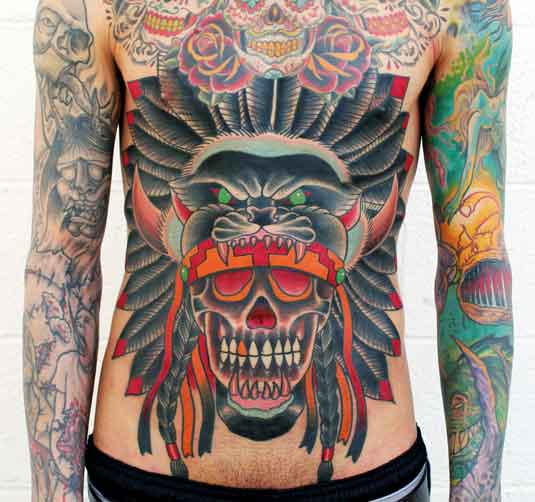
After four years in a Texas penitentiary, and after beating his addictions, Myke had to learn his craft all over again. He’d spent too long “tattooing high”, he says. “What first attracted me to tattooing,” says Myke, “is something that’s pretty much nonexistent now: I loved that it was the part of the underbelly of society and the art world. I started tattooing around 20 years ago and it was still mostly underground and taboo.”
The tattoo artist now has almost half a million likes on Facebook. He describes his style as traditional with a strong Americana influence. Home is the Northern Liberty Tattoo studio in Philadelphia, but he continues to travel the world tirelessly. His appointments at festivals and conventions are snapped up instantly.
Street Art

Growing up in notorious east Los Angeles, his first memories of tattoos were on members of street gangs. While Myke himself embodies the kind of outlaw character historically associated with tattoos, he says ink’s image has changed drastically in recent years.
“Only bikers, gang members and servicemen were getting tattooed,” he says. “Tattooing has been catapulted into the mainstream by celebrity tattoos, reality TV and tattoo publications. They all make it more acceptable. Seeing someone with a tattoo was once rare, but now you can’t walk to a corner store in any city without seeing at least one tattooed person.”
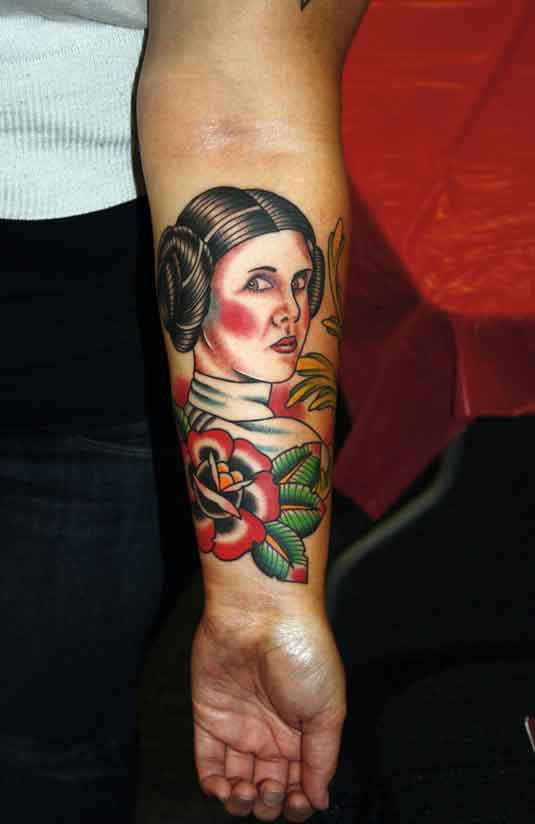
Others argue tattoos were seen as civilised long before the 21st century.
Dr Matt Lodder, an art historian specialising in the history of tattooing as an artistic practice, points to a January 1926 Vanity Fair report which says: “Tattooing has passed from the savage to the sailor, from the sailor to the landsman. It has since percolated through the entire social stratum… and may now be found beneath many a tailored shirt.” Matt says there’s been no wholesale change in the status of tattoos in recent years. It’s the aesthetics that have changed.
Get the Creative Bloq Newsletter
Daily design news, reviews, how-tos and more, as picked by the editors.
Social Skin
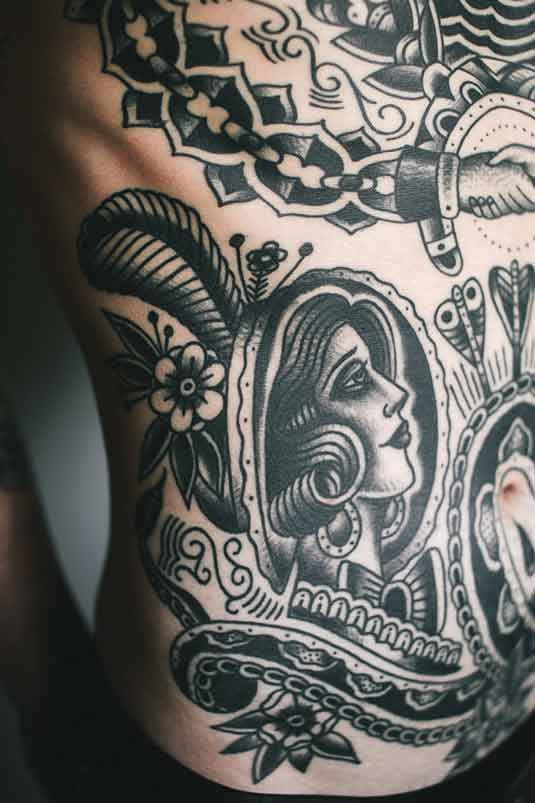
It’s rumoured Winston Churchill was tattooed. His mother definitely was. Tattoos were fashionable in Victorian London, with society girls and aristocrats. And many 19th-century European royals had tats – inspired by the dapper future King Edward VII.It’s true that ink was particularly popular with outsiders, misfits and miscreants.
By the late 1800s, 90 per cent of the British Navy was tattooed – a turtle signified you’d crossed the equator, an anchor the Atlantic.
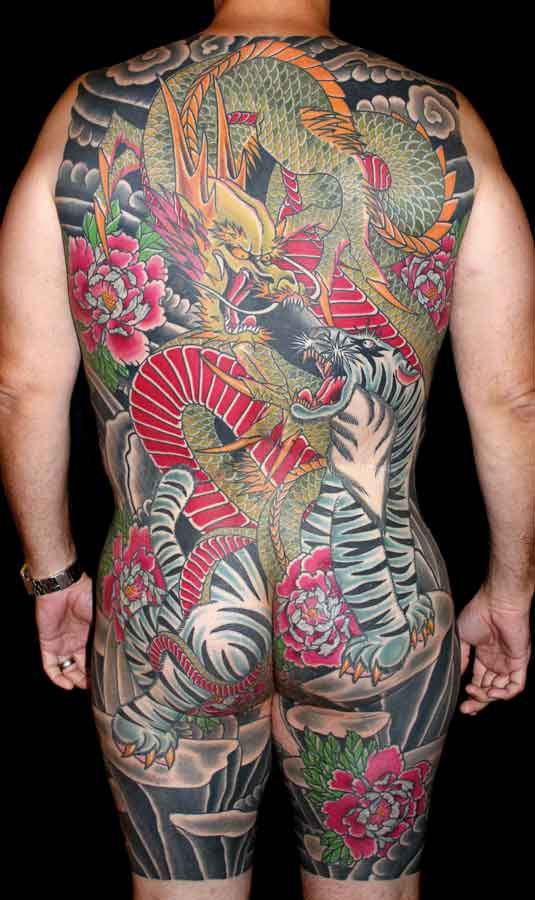
Bikers and criminal gangs adopted their own iconography. But you can trace tattoos lineage back even further. Explorer James Cook, in the 18th century, returned home with drawings of what the Polynesians called a “tatau”. Julius Caesar was a fan of tattoos found on the Picts – the inhabitants of northern Britain during Roman times, whose name literally means “the painted people”.
There have been stunning examples of body art found among ancient civilisations in Egypt, Asia and beyond. Tattoos served many purposes, from status symbols to warding off evil spirits, for punishment and for their perceived healing powers.
Perhaps the most startling discovery in the history of tattooing was found on Ötzi the Iceman – a well-preserved natural mummy of a man who lived over 5,000 years ago, and who was found to have more than 50 tattoos. “Tattooing and its coincident practices are a constant feature of all cultures on Earth,” Matt says. “There has always been, and will always be, a group of people driven inexorably to permanently mark their bodies.”
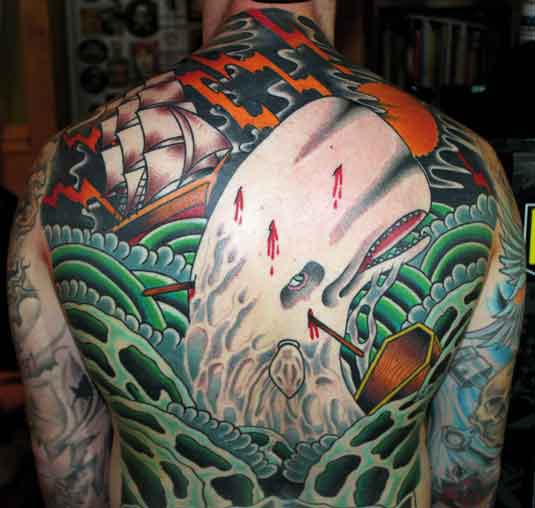
He argues the relative percentages of people with a tattoo – “about 30 per cent or so have at least one tattoo” – hasn’t changed much in 20 years ago. The change, he says, is more to do with visibility, both in terms of location of tattoos on the body – hand, neck, face – and an increase in the “display of naked flesh in public”.
“Since the late 90s,” continues Matt, “UK trends have moved from tribal, through traditional, into black and grey and now to very stark, graphic, black tattooing – almost prison-esque. We’re probably due a revival of large blackwork. There are some incredible artists, such as Tomas Tomas at Into You, doing this remarkable avant-garde digital tribal work – which I think will soon catch the attention of the fashion-hungry youngsters currently into smaller blackwork pieces.”
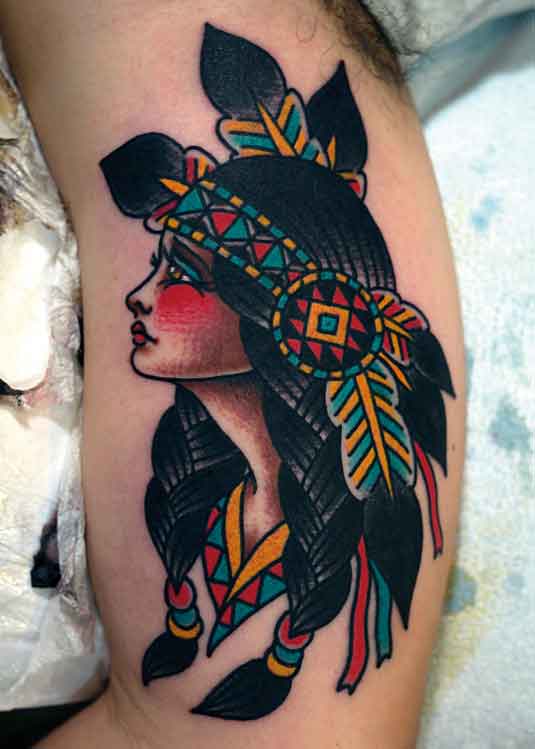
Once you have whichever style of tattoo is in vogue, chances are, like Matt, you won’t stop there. University of Westminster psychologist Dr Viren Swami, who’s conducted extensive studies of people with tattoos, found most wait between two and seven years before getting their second tattoo. The trend for a more discerning tattoo-buying public mirrors a change in the demographic of those getting into tattooing.
Myke Chambers suggests the recent “quantum leap in tattooing’s evolution” is down, in part, to an influx of art school graduates into the industry – those artists who found work hard to come by after graduating and turned to tattoos. It’s one of the few artistic endeavours that can pay relatively well from the get-go. But the transition from more traditional forms isn’t necessarily a simple one.
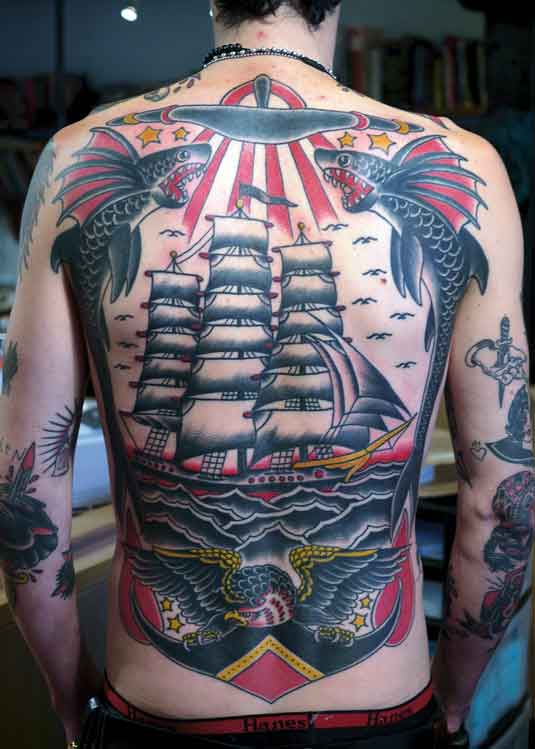
Jason Donahue works at Idle Hand in the Lower Haight district of San Francisco. He says many tattoo artists paint with watercolours or liquid acrylics, as they best relate to tattooing. “I approach a watercolour just like a tattoo,” he says.
“Black outline, black shading, then colour. Every tattoo starts as a line drawing on paper, so every tattooer must first be a good illustrator. I think there are so many bad tattooers out there because people start tattooing before they really even know how to draw.”
Artistic Crossover
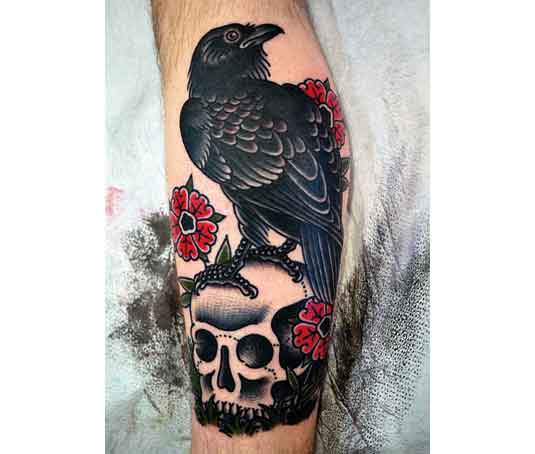
Jason also points to a crossover with sculpture. Tattoo artists need to think three-dimensionally, designing and placing tattoos that’ll work with and complement human anatomy – especially when you get into large-scale tattoos.
“Being a skilled artist is no guarantee you’ll make a good tattoo artist,” says Jason. “It’s a highly technical medium, so it takes a certain type of person. You need to be artistic as well as mechanically inclined. You’re also dealing with blood, so you need training in blood-borne pathogens and cross-contamination.”
Jason thinks tattooing’s rise in popularly – or at least rise in visibility – is good. And despite conceding he does miss the days when the form was a little more taboo, there’s no other profession he’d rather be in.
“I love everything about tattooing. I get to draw for a living. I love hanging out in the tattoo shop. My co-workers are also my best friends. The shop is like our clubhouse. I love all my clients and am honoured every time someone chooses me to do their tattoo. I love that what I do makes people happy. Just the fact that tattooing is possible is what always attracted me to it. It still blows my mind that you can put a picture in your skin, and it will stay there forever.”
Words: Gary Evans
This article originally appeared in ImagineFX magazine issue 105.
Like this? Read these...
- Paint a punk rock werewolf
- How to become an artist without the help of traditional art school
- 21 Designers and their awesome tattoos

Thank you for reading 5 articles this month* Join now for unlimited access
Enjoy your first month for just £1 / $1 / €1
*Read 5 free articles per month without a subscription

Join now for unlimited access
Try first month for just £1 / $1 / €1

The Creative Bloq team is made up of a group of design fans, and has changed and evolved since Creative Bloq began back in 2012. The current website team consists of eight full-time members of staff: Editor Georgia Coggan, Deputy Editor Rosie Hilder, Ecommerce Editor Beren Neale, Senior News Editor Daniel Piper, Editor, Digital Art and 3D Ian Dean, Tech Reviews Editor Erlingur Einarsson, Ecommerce Writer Beth Nicholls and Staff Writer Natalie Fear, as well as a roster of freelancers from around the world. The ImagineFX magazine team also pitch in, ensuring that content from leading digital art publication ImagineFX is represented on Creative Bloq.
